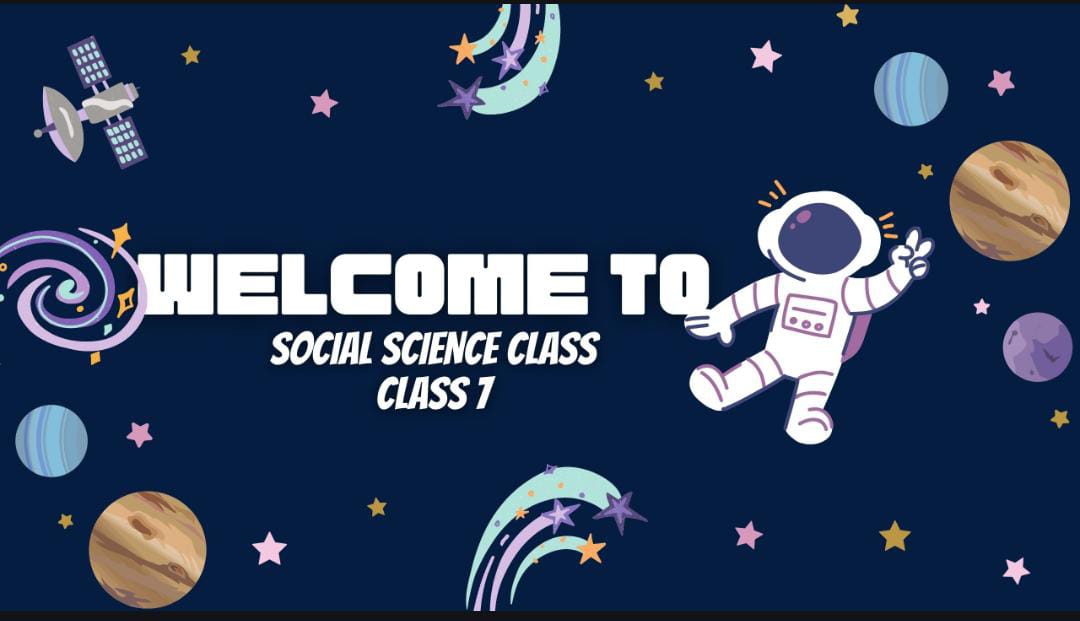NCERT Class VII – History

About Course
NCERT Class 7 History, part of the National Council of Educational Research and Training curriculum for Indian schools, offers students an introduction to historical events and themes that shape our understanding of the past. The textbook aims to engage young learners with a mix of narrative, illustrations, and activities. Here’s a broad overview of what it typically covers:
1. **Early Societies**: The book often begins with the study of early societies, focusing on the lives of people in ancient civilizations. Topics might include the Indus Valley Civilization, its cities, and its achievements.
2. **Medieval India**: Students explore the history of medieval India, including the rise and fall of various empires and kingdoms. This could cover the Delhi Sultanate, the Mughal Empire, and the regional states that existed during this period.
3. **Religious and Cultural Developments**: The curriculum usually addresses the development of various religious and cultural practices in India. This includes the spread of major religions like Hinduism, Buddhism, Jainism, and Islam, as well as cultural achievements in literature, art, and architecture.
4. **Trade and Commerce**: The textbook often covers the history of trade and commerce in India, including the role of trade routes and the exchange of goods between different regions and cultures.
5. **Medieval European History**: Students may also get an introduction to European history during the medieval period, exploring events and developments in Europe that influenced global history.
6. **Early Modern Period**: The textbook might delve into the early modern period, examining the rise of colonial powers and their impact on India and the wider world.
Each chapter usually includes illustrations, maps, and questions designed to help students engage with the material and understand the historical context. The aim is to develop a foundational understanding of history that will be built upon in later grades.
Course Content
Chapter 1 – Tracing Changes Through a Thousand Years
Chapter 2 – New Kings and Kingdoms
Chapter 3 – The Delhi Sultans
Chapter 4 – The Mughal Empire
Chapter 5 – Rulers and Buildings
Chapter 6 – Towns, Traders and Craftspersons
Chapter 7 – Tribes, Nomads and Settled Communities
Chapter 8 – Devotional Paths to the Divine
Chapter 9 – The Making of Regional Cultures
Chapter 10 – Eighteenth-Century Political Formations
Student Ratings & Reviews
